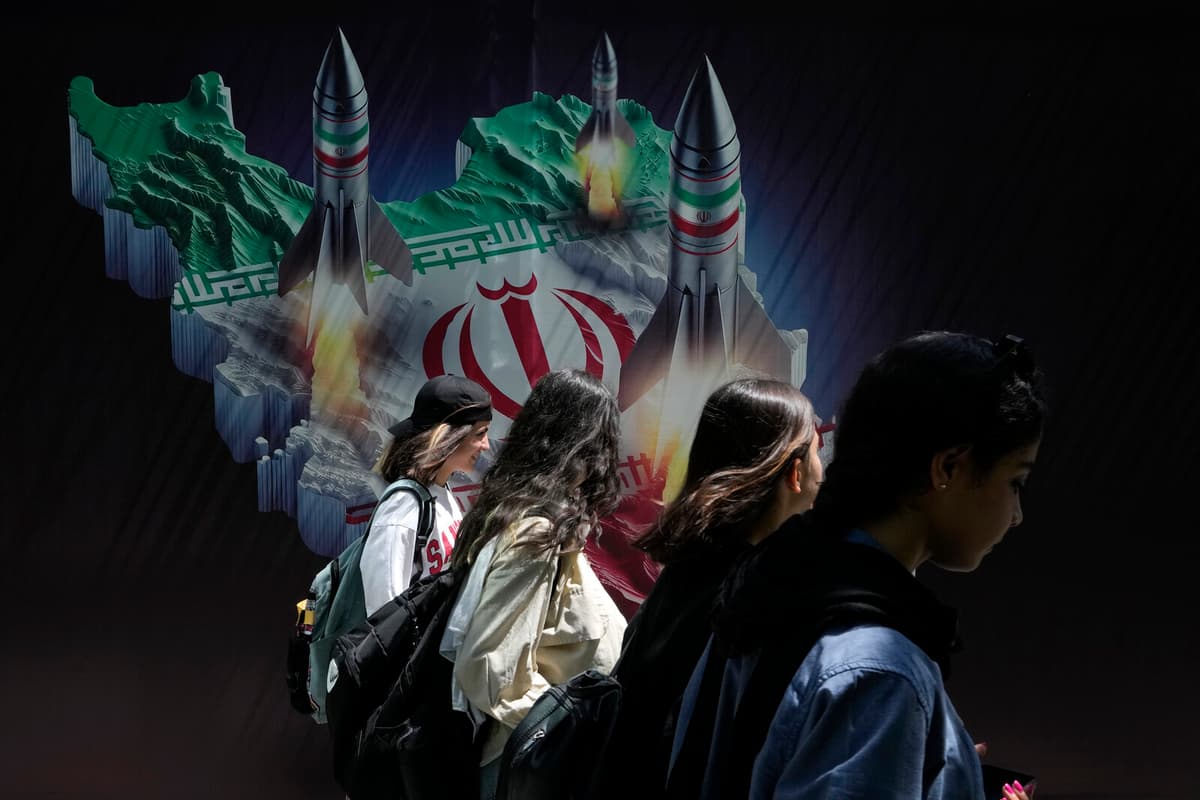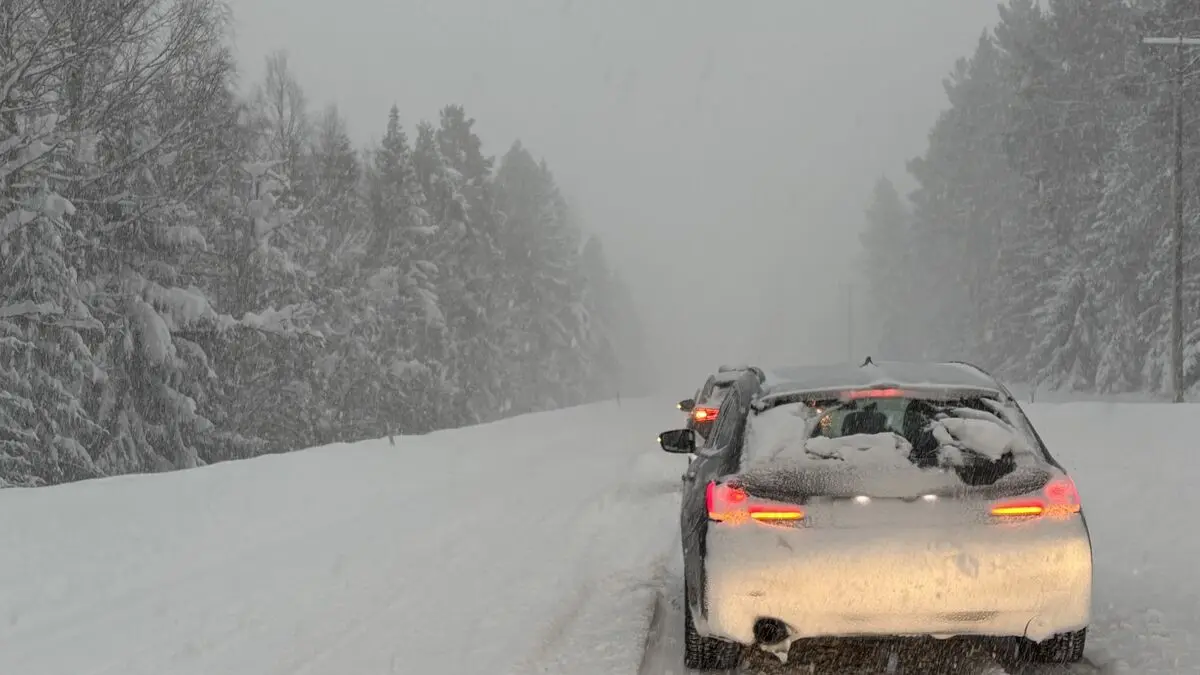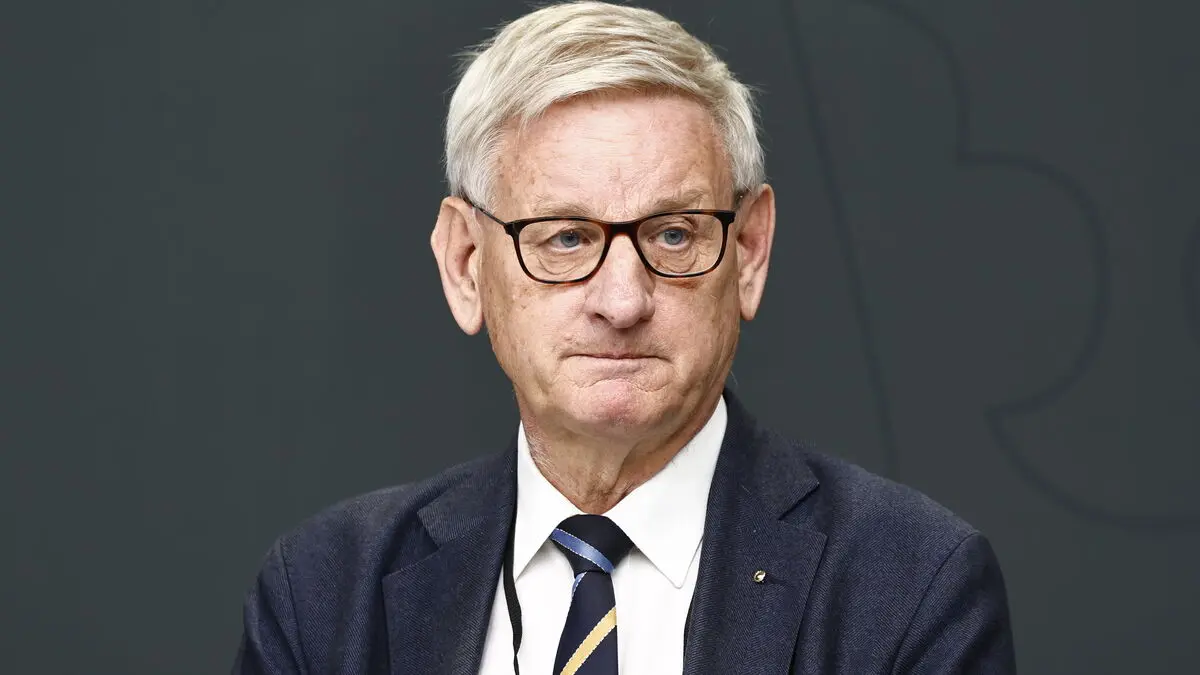In video clips from residential areas in Iranian cities, women and girls can be seen walking by with their long hair uncovered, especially in the evening. By not wearing a hijab, they are defying the regime, with the risk of punishment.
22-year-old Mahsa Zhina Amini died in September 2022 after being arrested by the country's morality police for not wearing her hijab correctly. Her death became the starting point for the protests under the slogan "woman, life, freedom". There, not only the dress code regulations for women were challenged, but also the very religious dictatorship in Iran. However, the demonstrations were crushed by armed security forces, and at least 551 people were killed, according to human rights organizations. Thousands of others were arrested, according to the UN.
"Legacy of Mahsa Amini"
Today, security forces can be seen patrolling public places in Iran more frequently. Yet, it is not uncommon to see women without hijabs in the capital.
My half-sized courage not to wear a hijab is a legacy from Mahsa Amini. We must protect this as a success, says a 25-year-old student at Sharif University in Tehran to the news agency AP.
She would have been my age if she hadn't died.
Video clips have spread of young girls being violently treated by the morality police. Businesses where women have been seen without hijabs are being investigated, and surveillance cameras are searching for women who have not covered their heads in their cars, which can be confiscated as a result.
"Remain Defiant"
In 2023, a teenage girl without a hijab was injured in a subway incident that led to her death. According to activists, police shot at a woman in July this year who tried to flee from a checkpoint to avoid having her car confiscated.
The country's newly elected president, Masoud Pezeshkian, went to the election with promises to stop the morality police from harassing women. But the highest authority is Ayatollah Ali Khamenei, who has previously said that it is both religiously and politically forbidden to remove the hijab.
According to the UN, Iran has intensified the oppression of women. But many believe that Iranian society has changed.
Many young women continue to defy, says Roya Boroumand at the human rights organization Abdorrahman Boroumand Center to AFP.
Two years after the protests, the Islamic Republic's leadership has neither restored the status quo nor regained its lost legitimacy.
The largest protest wave that has shaken Iran in many years started with the death of 22-year-old Mahsa Zhina Amini.
Amini, a Kurdish woman from northwestern Iran, was arrested by the morality police in Tehran on September 13, 2022, for not wearing her obligatory headscarf correctly.
Amini was taken to the hospital after collapsing and suffering what the police claim was a heart attack. This is disputed by the 22-year-old's family, who claim that she was subjected to severe violence to the head. She died on September 16 at the hospital after being in a coma.
At Amini's funeral in her hometown, spontaneous protests broke out, which then developed into a demonstration where women removed their hijabs and chanted slogans against the regime. The protests quickly spread across the country and have since come to be about much more than just the obligatory hijab.
On many occasions, the demonstrations were crushed with brutal violence by the regime's security forces.
Hundreds have been killed and thousands have been arrested. Many have been sentenced to death and several of them have been executed.






